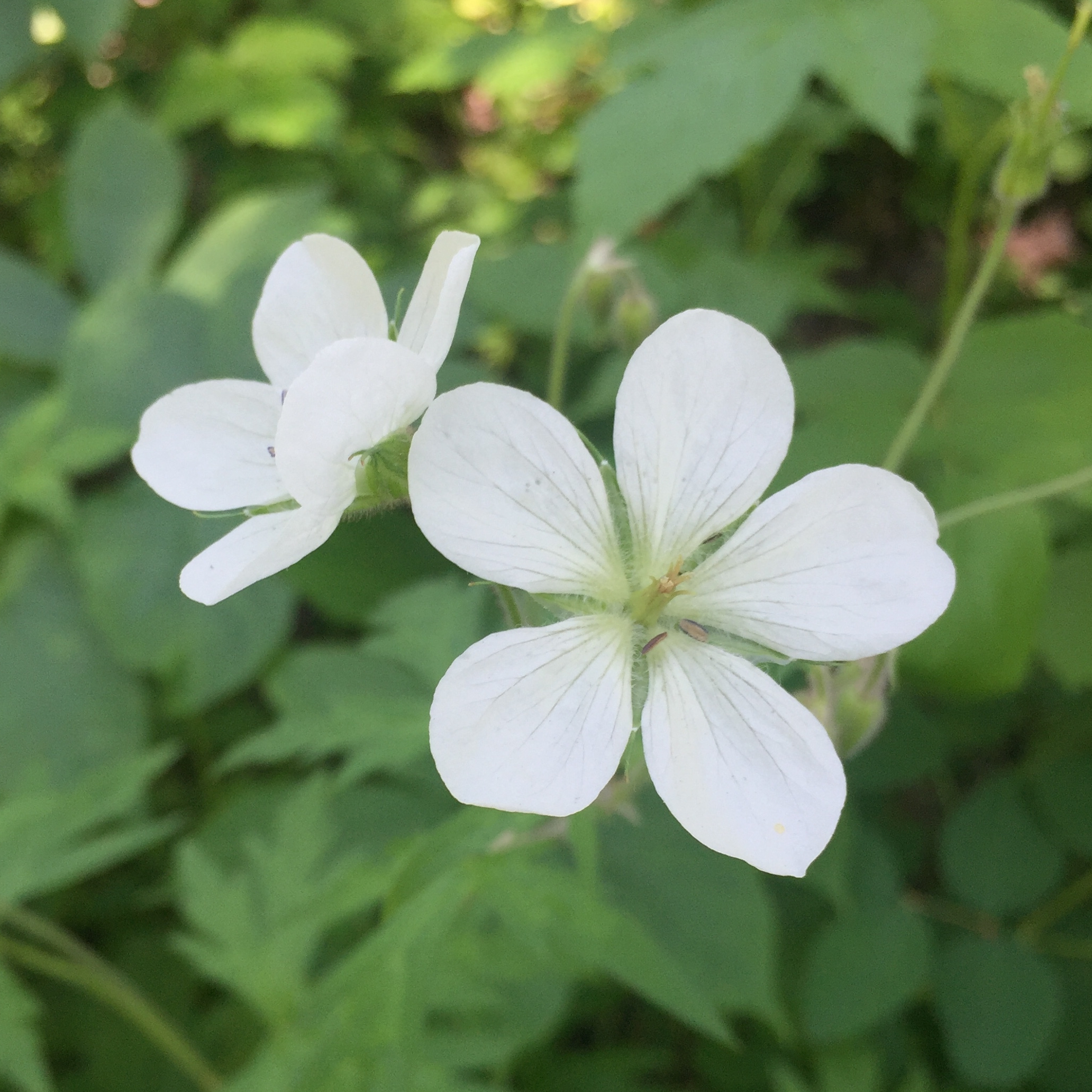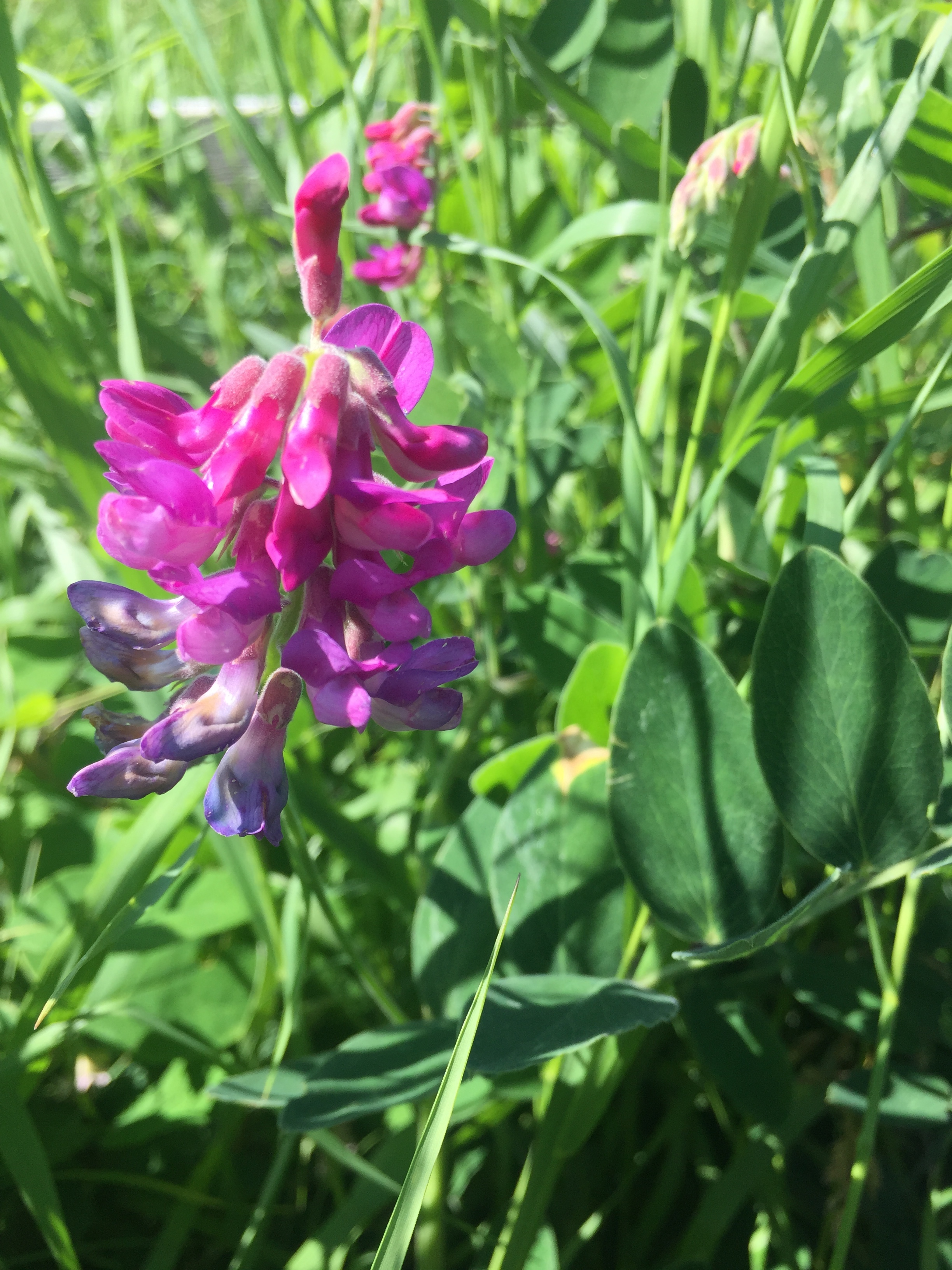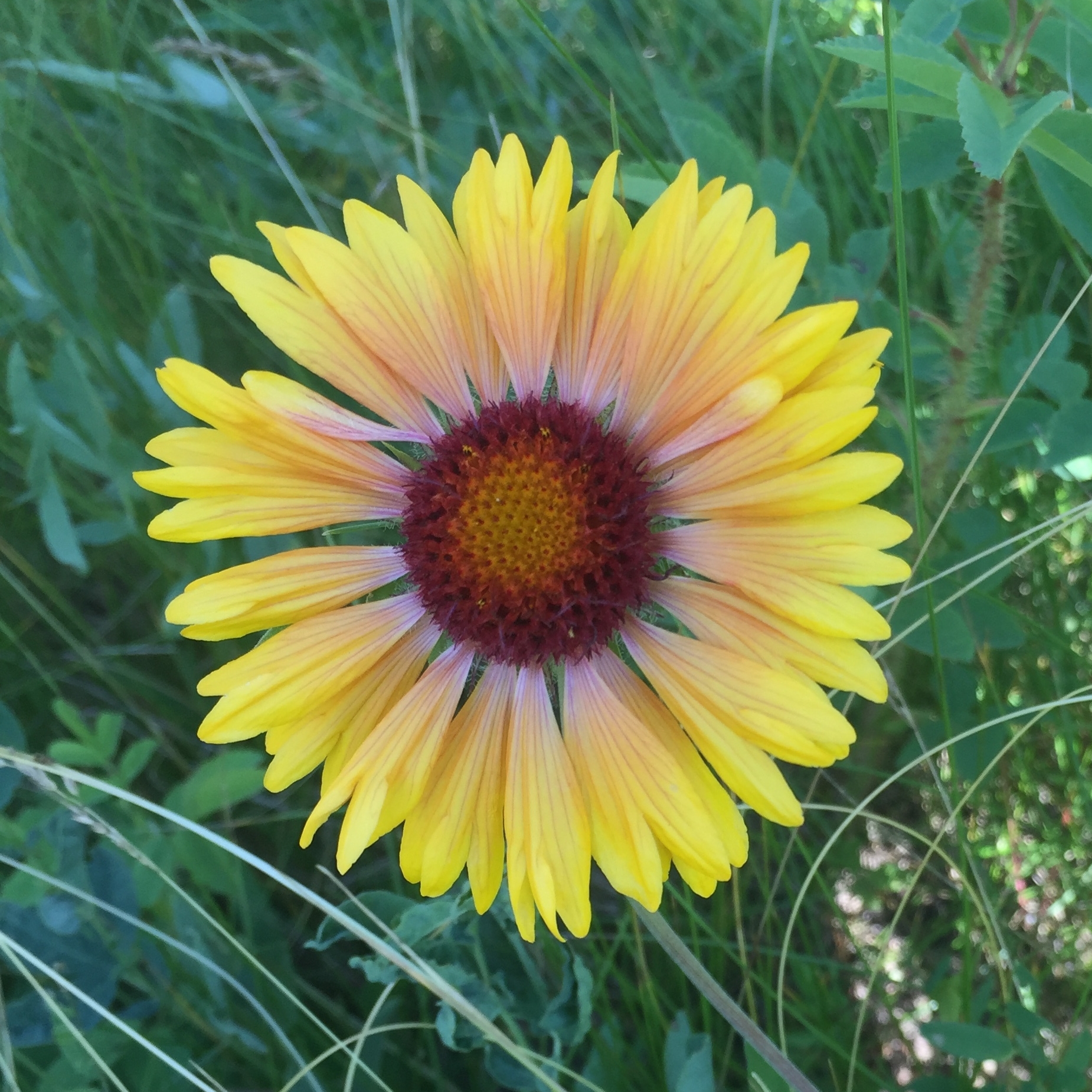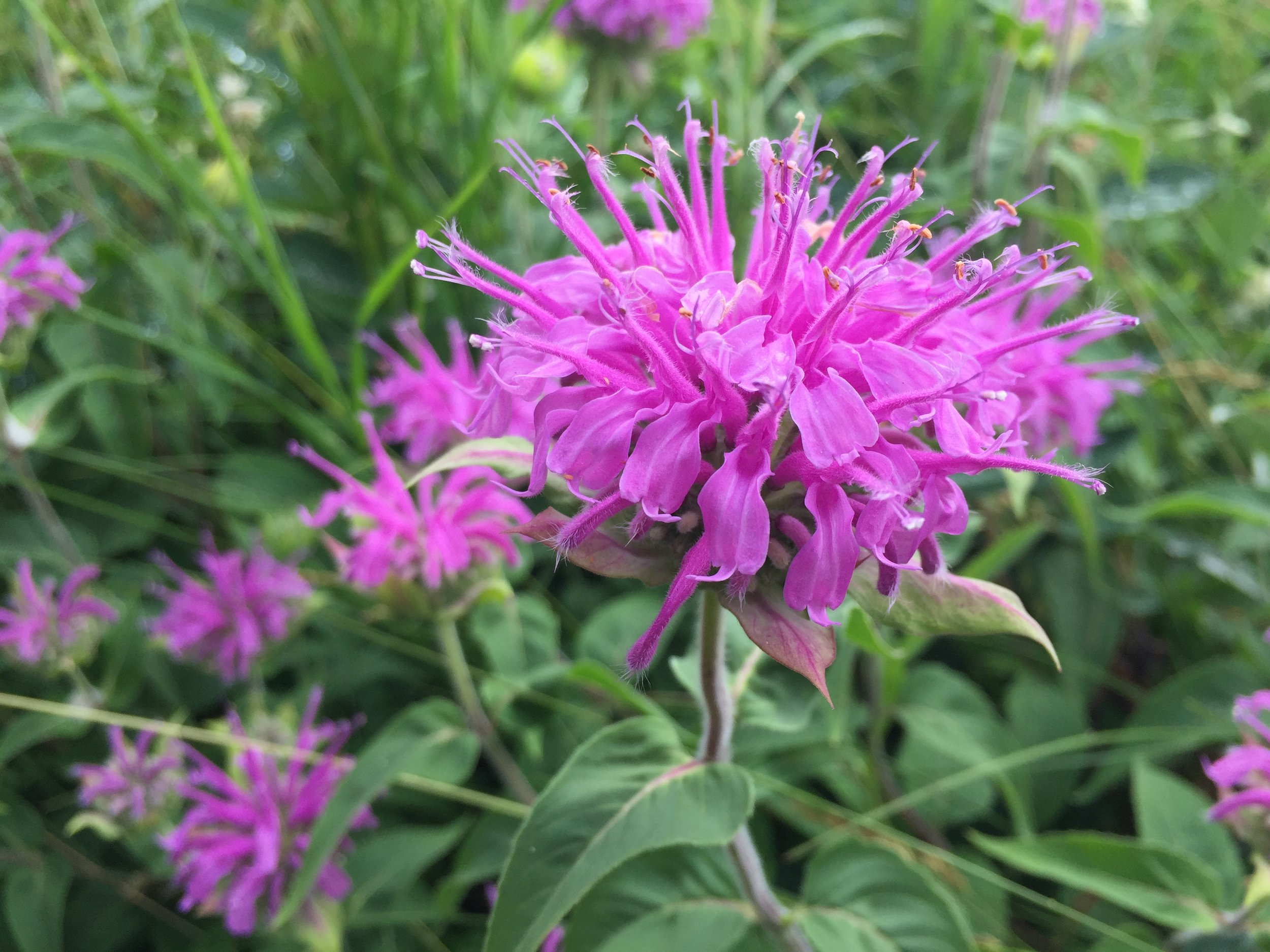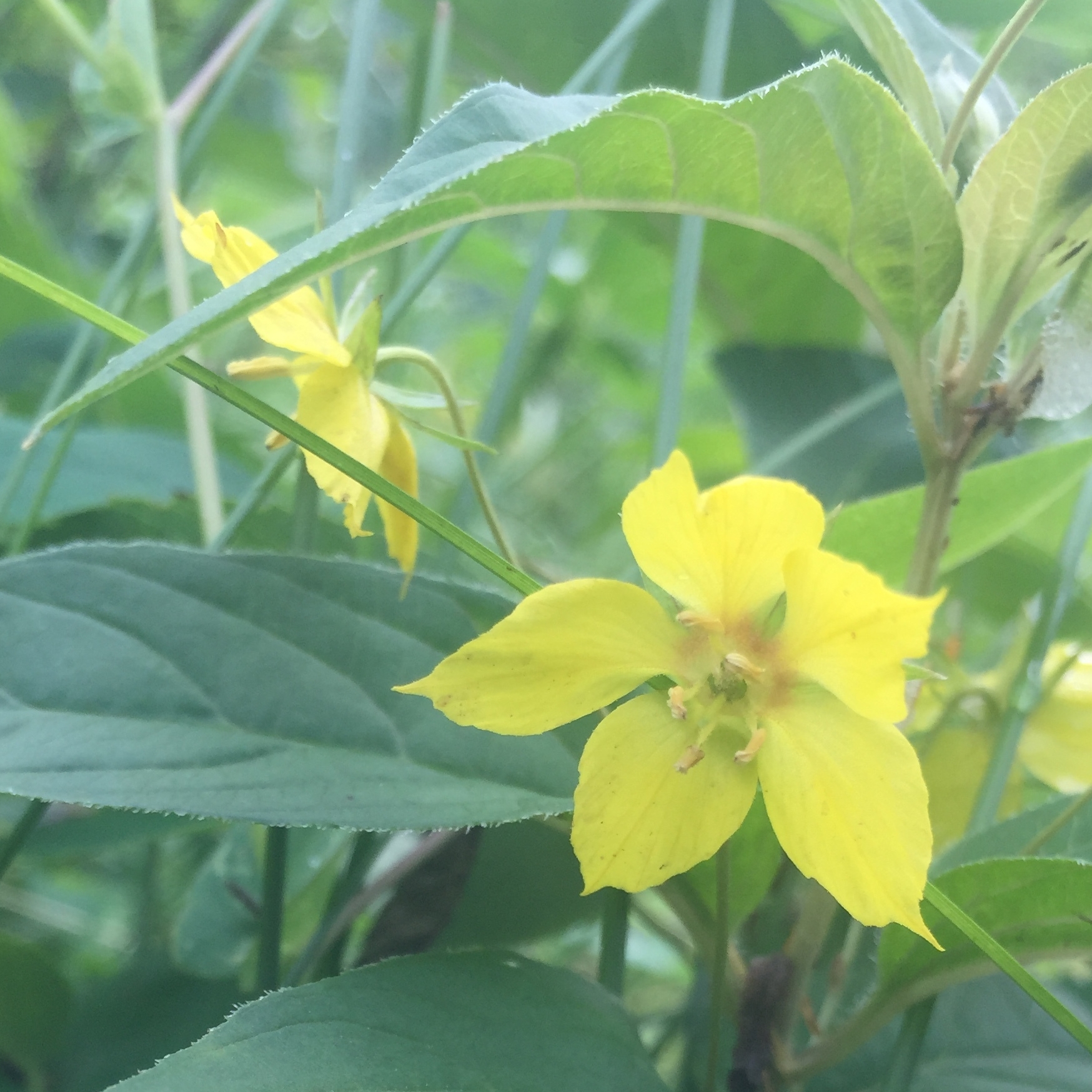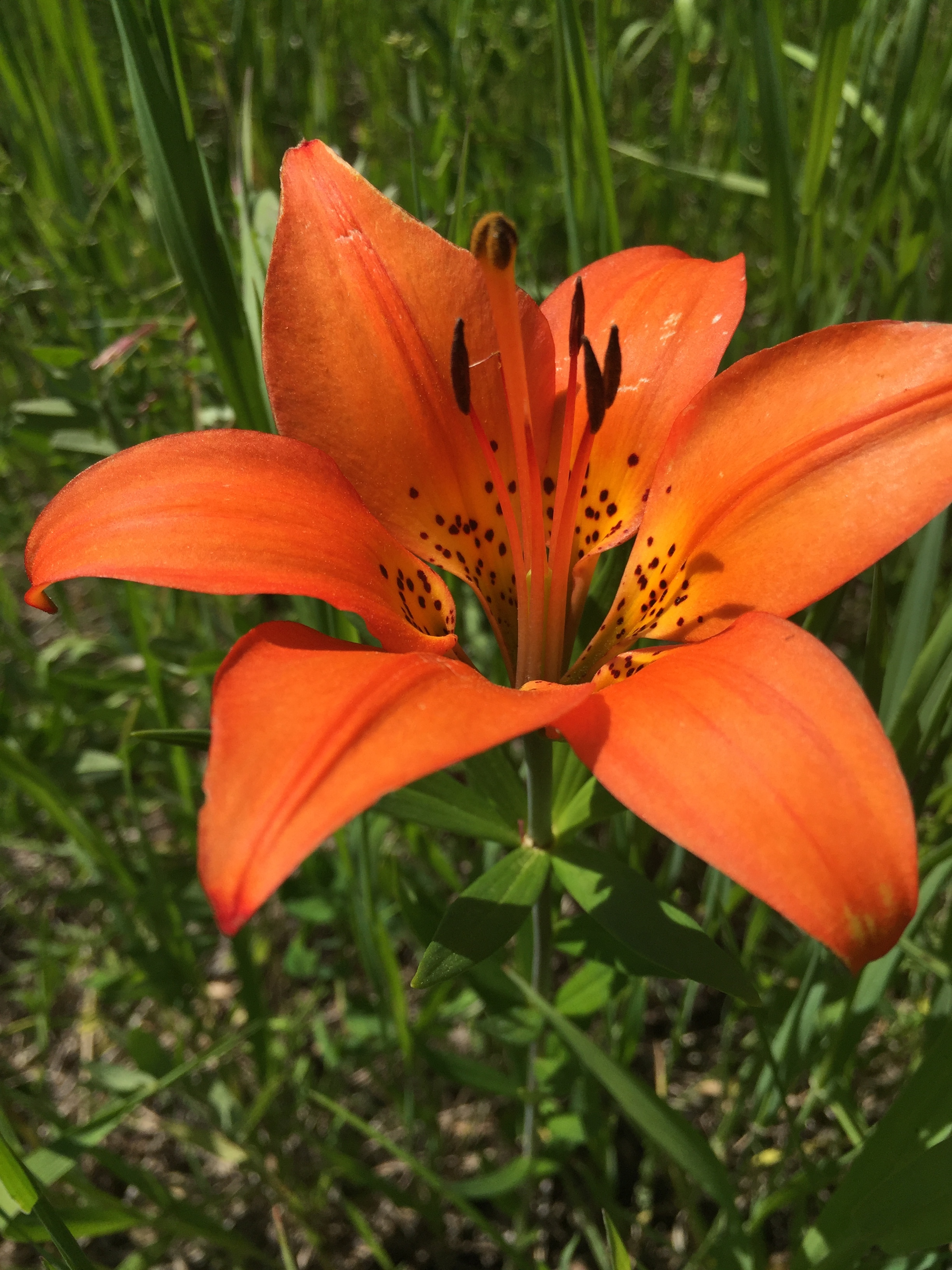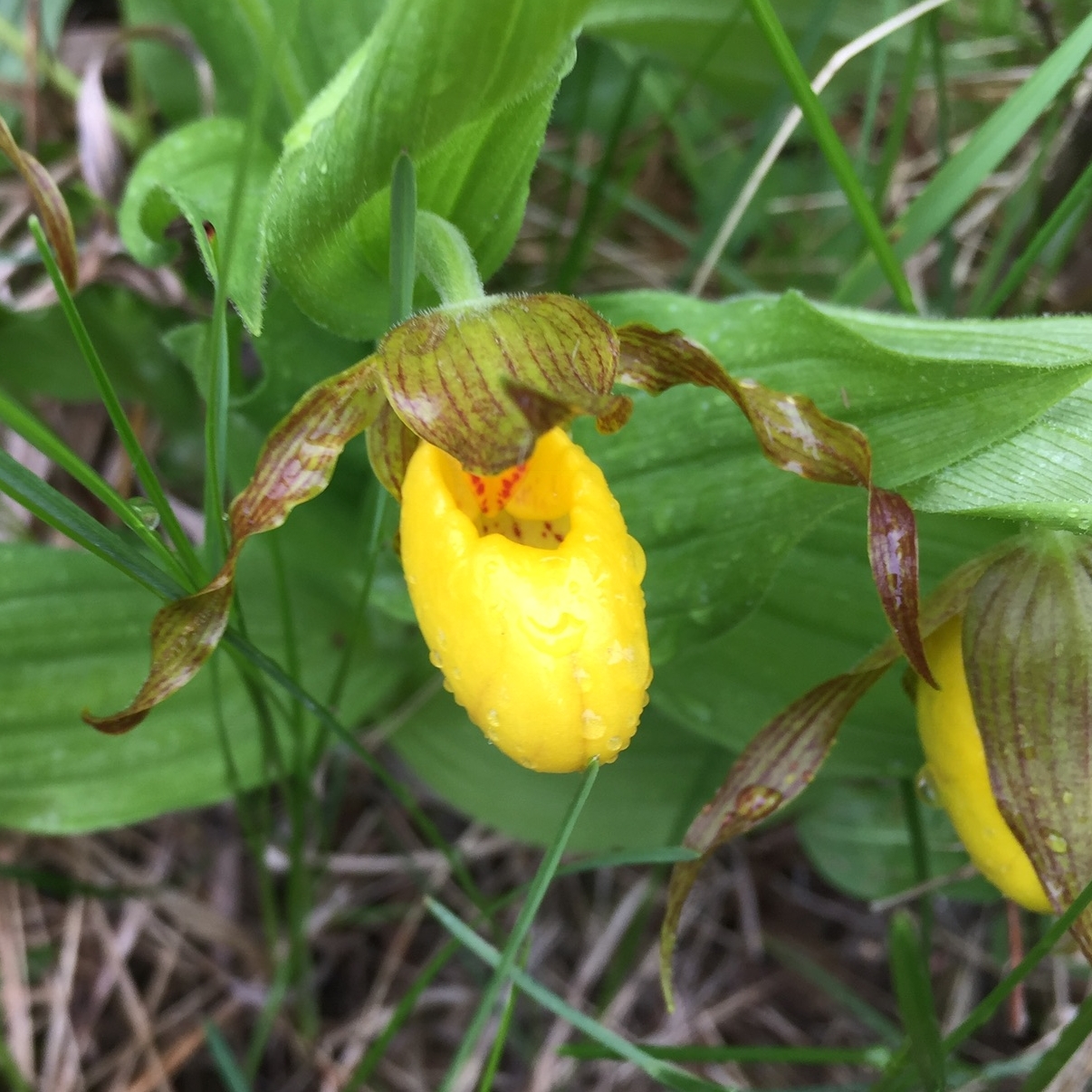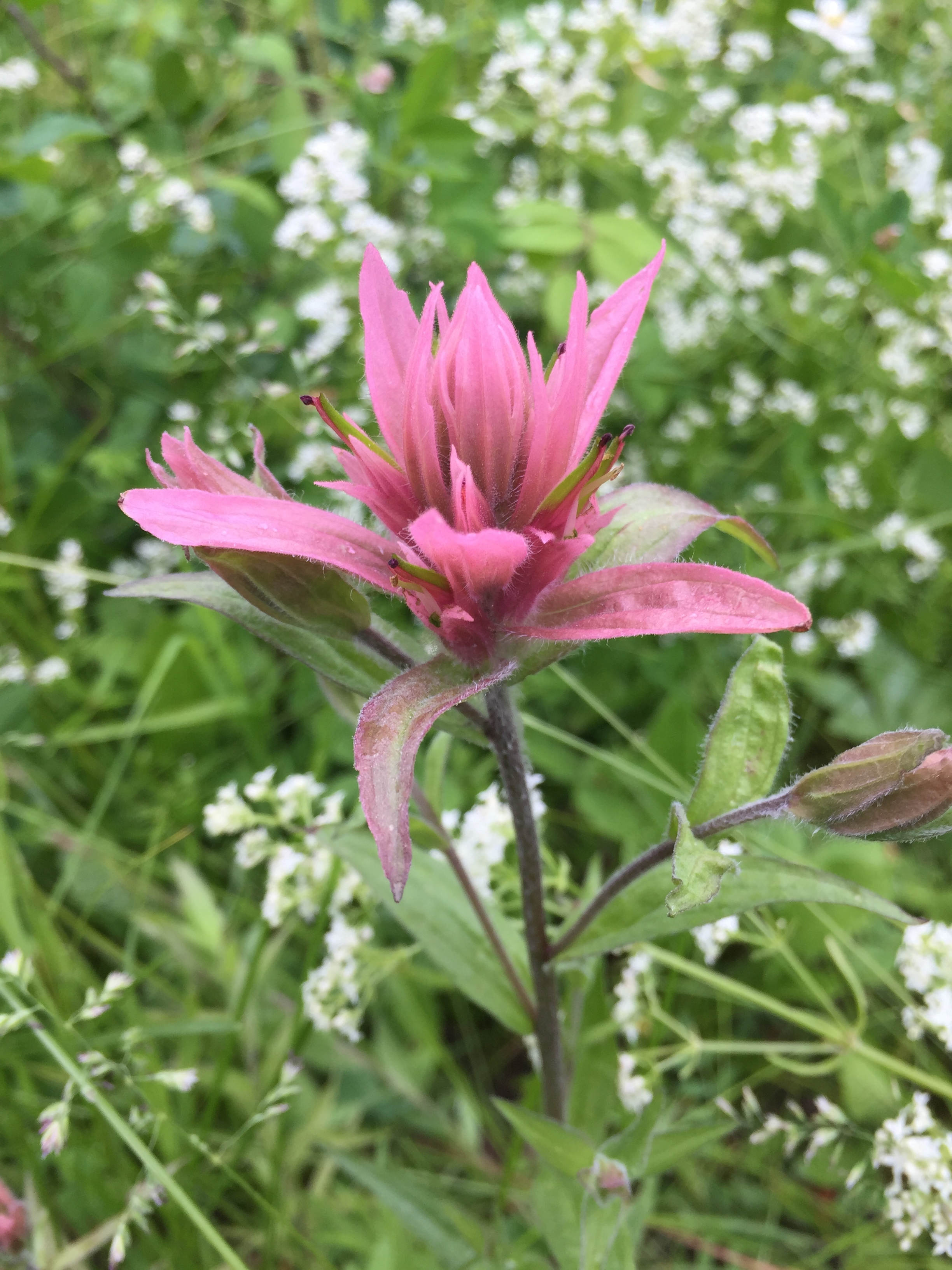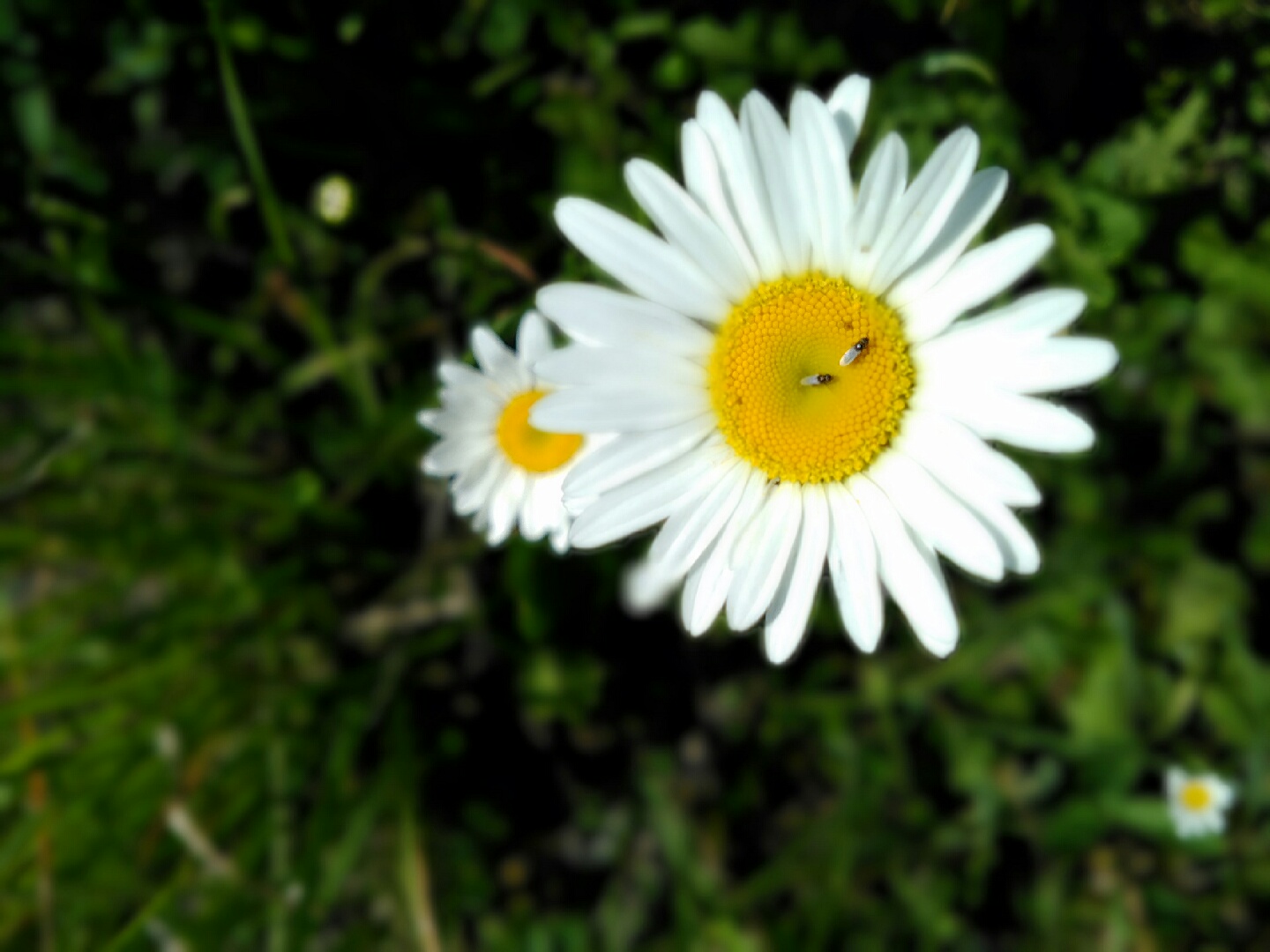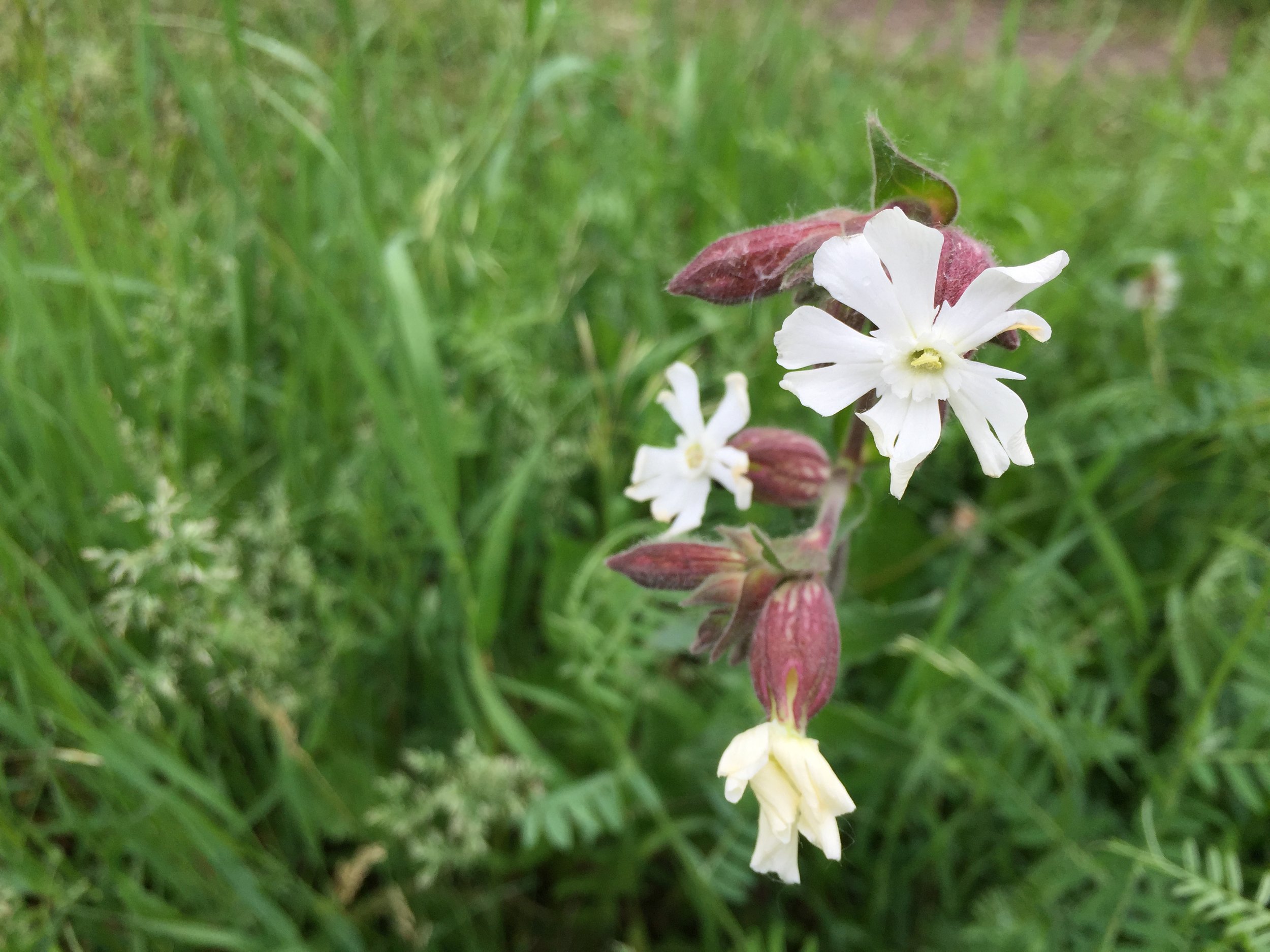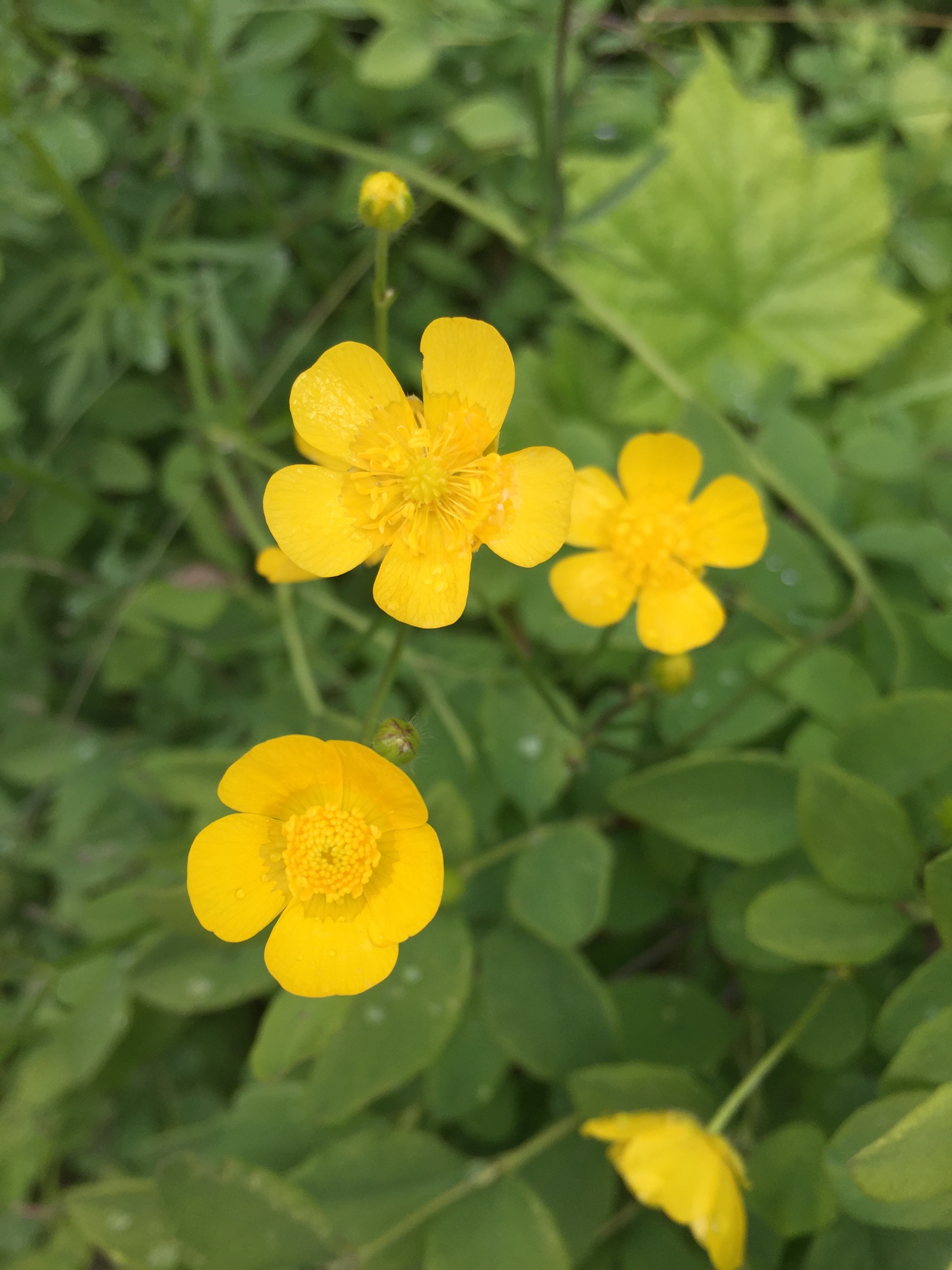The summer season is when we get to enjoy some beautiful wildflowers! As the name suggests, wildflowers grow naturally in the wild, meaning they were not planted there by people. Flowers are non-woody plants, so their stems are soft and green, rather than hard and woody.
Why are wildflowers important? Not only are they pretty to look at, native flowers also serve many important purposes. They are a source of food for wildlife, including pollinators! Bees, butterflies, and birds will consume pollen and nectar, while also helping the flowers to reproduce by spreading the pollen to other plants. Wildflowers contribute to better air quality through the process of photosynthesis and also increase biodiversity in many ecosystems. What wonderful wildflowers!
Native flowers have always been important for Canada’s Indigenous peoples. They discovered that parts of several species of flowers could be used as medicine, food, teas, and perfume. It is important to be cautious about using any plant, as some species should not even be touched!
Wildflowers belong to many different families - each family having unique characteristics. The white geraniums pictured above are part of the geranium family; the wild vetch, part of the pea family; and the brown-eyed susan, part of the aster family. You can see that the three flowers above differ in their shapes and colours, which is characteristic of their different families. All of the wildflowers you see in this blog are from different families!
We talked about how Canada’s Indigenous peoples use wildflowers, such as eating them or using them for medicine. How about some examples? The bright purple wild bergamot in the photo above is a member of the wild mint family and was used by Aboriginal people to make tea that could cure coughs and fevers. Wild bergamot could also be used to make perfume or dye! The western wood lily, a member of the lily family and also Saskatchewan’s provincial flower, also had a purpose: Cree people ate the bulb and seeds of this plant. There are many different ways wildflowers can be used, and you will discover some of those ways as you learn more about them.
Wildflowers grow in a variety of different environments. Some flowers, such as members of the orchid family, prefer to live in a wet environment. The yellow lady’s-slipper in the photo above is an example of a flower in the orchid family and was found in an area near a creek that had very moist soil. Violets, like the one you see above, also like moist areas and are usually found growing in the shade on the forest floor as part of what is called the undergrowth – all of the plants that grow under the shade of large trees. Unlike the violet and the orchid, the common red paintbrush doesn’t usually live in moist environments, but rather, grows best in open areas like meadows where it is exposed to the sun. Where the flower is growing can be a hint in helping you figure out what species it is. Try to learn the names of some of the native flowers you see around home!
Unfortunately, not all of the flowers we see are good for our ecosystem. Some are considered invasive weeds. The three flowers pictured above – oxeye daisy, white cockle, and tall buttercup – are all invasive weeds. They aren’t good to have in our gardens or backyards, because they can spread quickly and will take away the water, nutrients, and ultimately space from other plants, meaning that the native plants that were supposed to be there can’t grow. Lots of these flowers are very pretty, and were introduced as ornamental plants in our gardens. Now that we know they are harmful to our natural areas, we have to make sure not to plant them and also to control the ones that have spread.
Alberta is home to a wide variety of shapes, sizes, and colours of wildflowers. They are beautiful to look at, but also play an important role in nature for wildlife and people. What wonderful wildflowers!

